CAT-AROMATHERAPY from SnugglyCat
No gimmicks.
Pet-safe.
100% organically grown.
Quality, high-potency, freshly harvested plants.
Non-addictive.
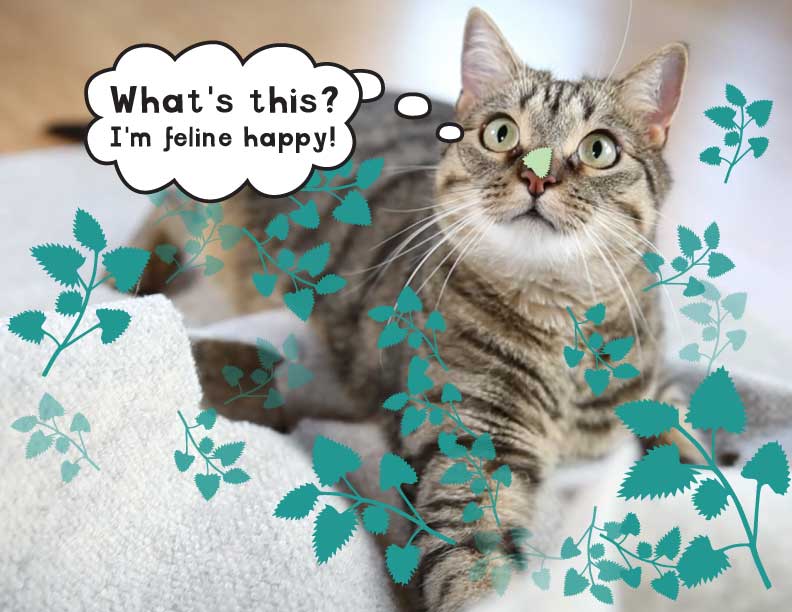
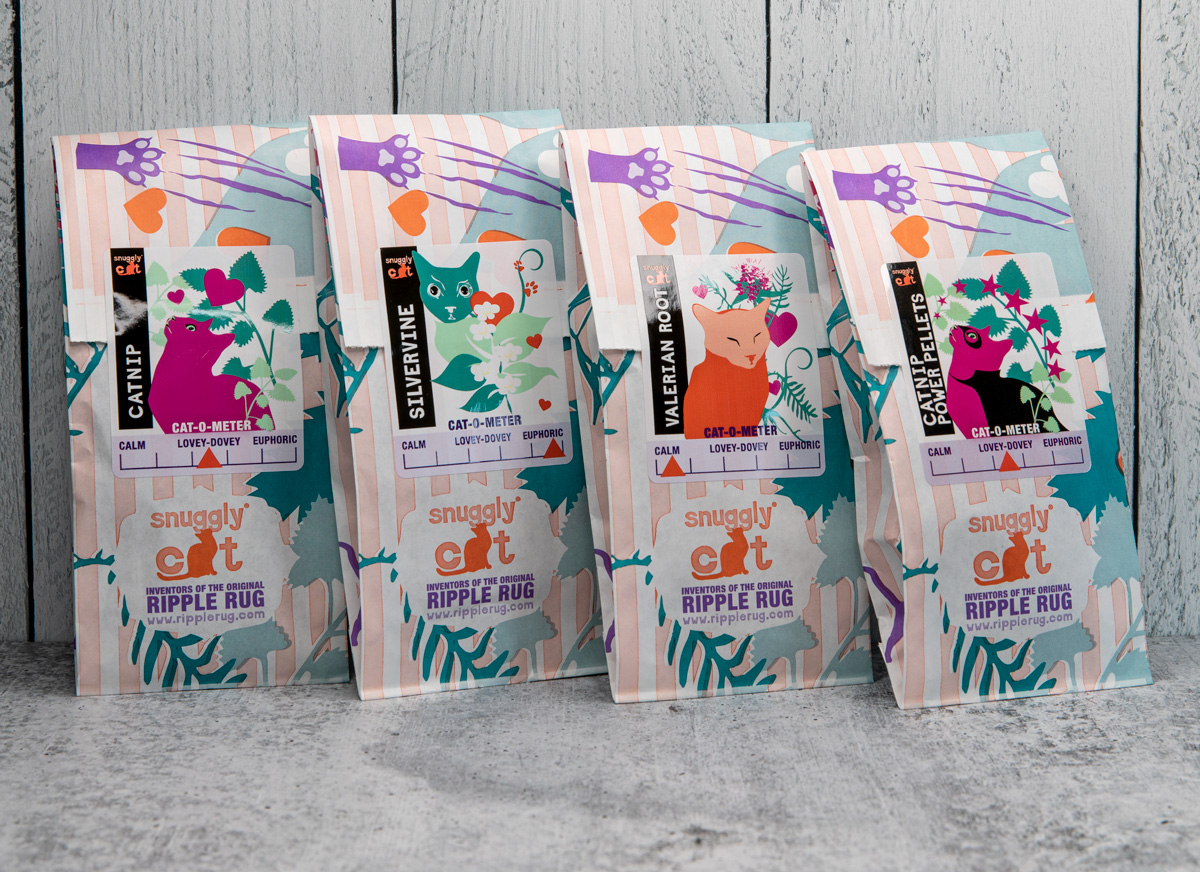
Welcome to our cat-aromatherapy section. Like us humans, your furballs also benefit from a little aromatherapy, (courtesy of mother nature).
We’ve sourced a variety of plant remedies from environmentally-conscious farms, that are sure to delight. These naturally grown and sustainably-sourced herbs can help unwind any anxious four-legged friends. Who knew that magical plants could have the ability to remove some of the catalepsy and stresses that modern-day kitties may face?
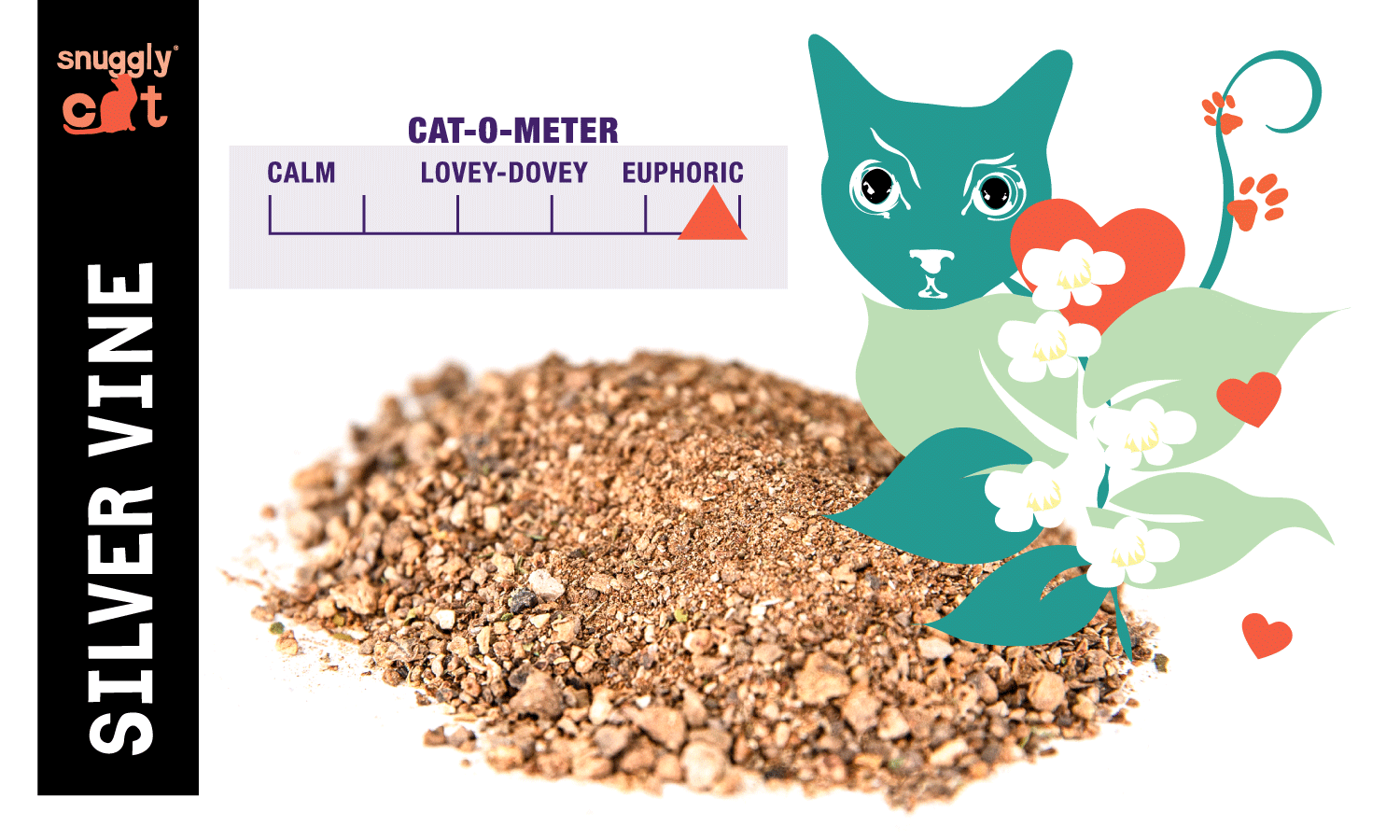
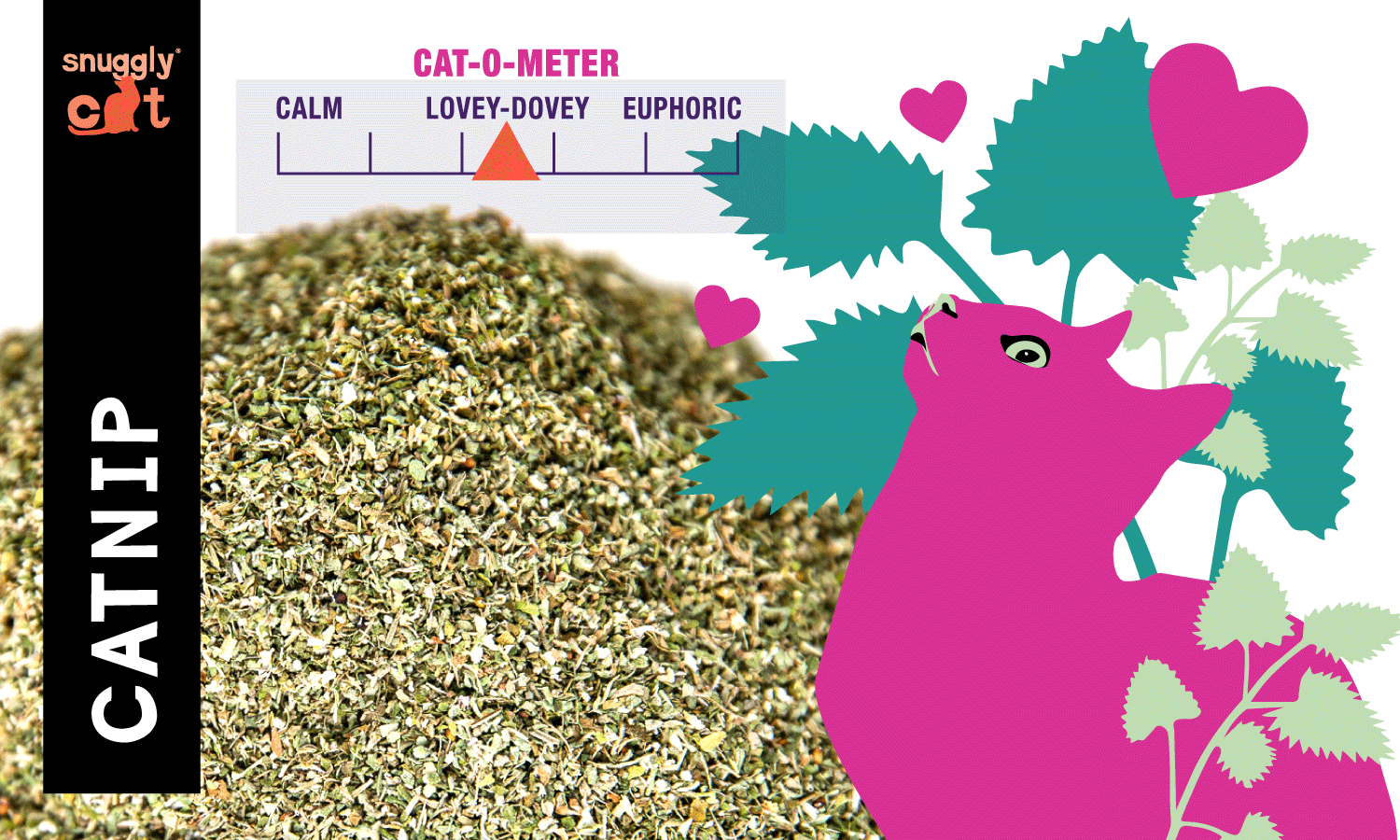
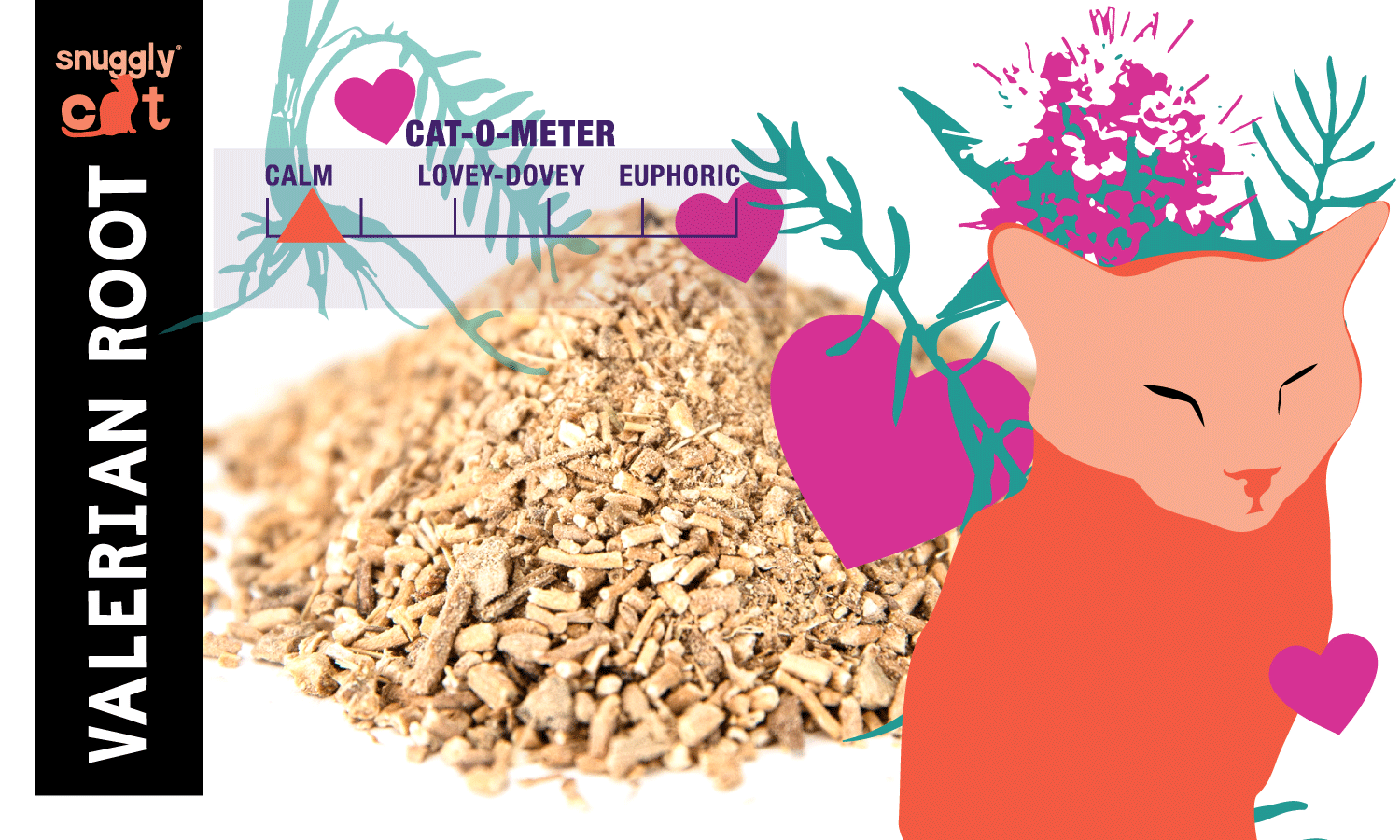
AROMATIC ENRICHMENT
Indoor kitties may become bored and stressed more easily than those that get to enjoy the great outdoors. For this reason, it’s important to provide your indoor kitty with stimulation. This can be done by providing them with a range of exciting environmental options, e.g. the Ripple Rug, vertical climbers, opportunities to play and pounce. We have all experienced the wrath of a bored cat, because they’ll exhibit different forms of destructive behavior, (which is bad for your furniture and detrimental for those chewed-cables). A bored kitty is also more likely to develop illnesses and obesity.
That’s why we created the Ripple Rug. However, we also believe that plant-cat-aromatherapy is also a good way to provide a form of enrichment to your purr-ball. We went on a lengthy search to source high-quality, naturally grown plants to entertain your kitty.
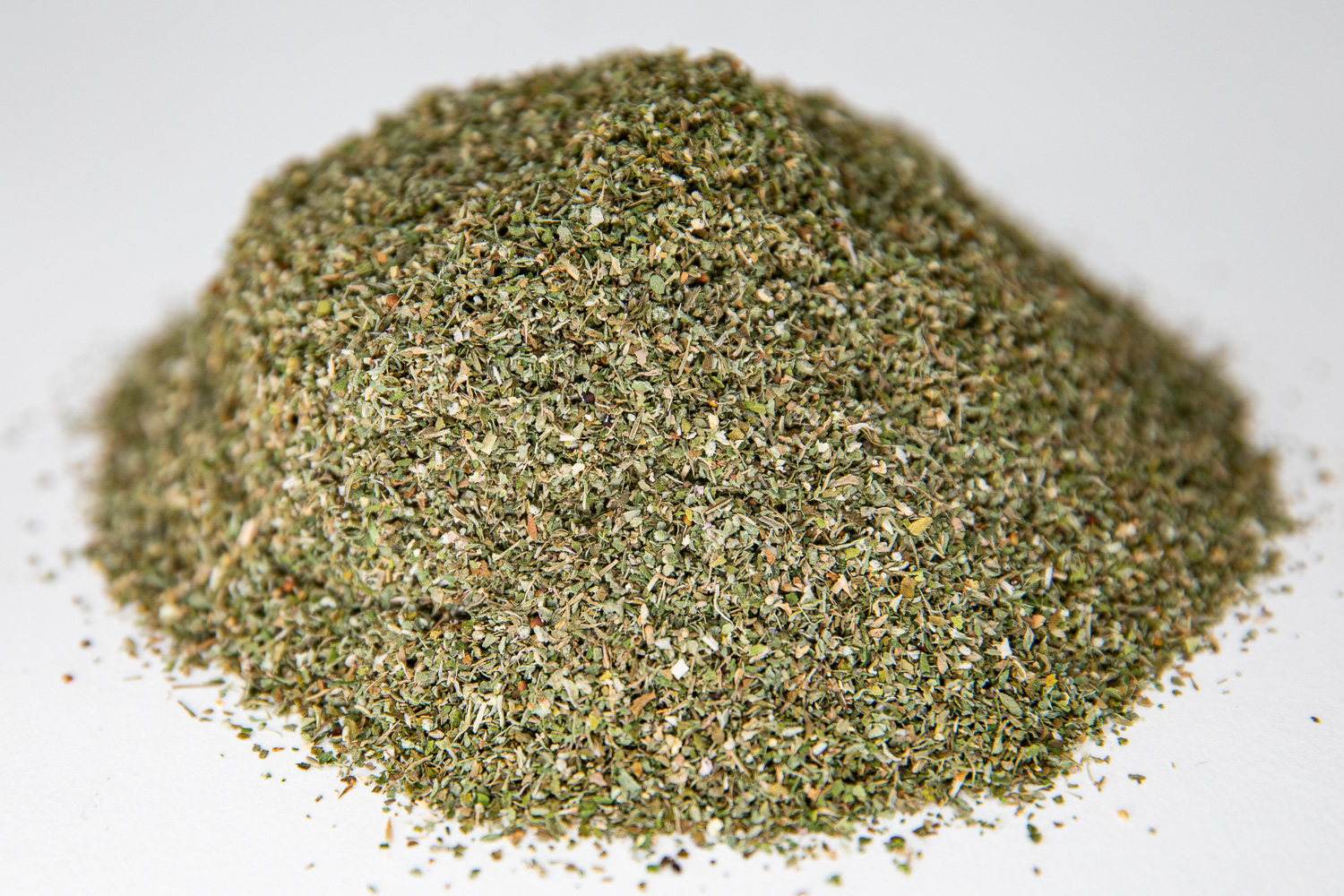
Dried Catnip – Purrfect For Your Kitty!
FUN FACT:
In 1704 a Japanese botanist E. Kaihara, was one of the first people to report the effects of Catnip and Silver vine on cat behavior.
SCIENTIFIC FACT:
Smell is really important to cats. Cats typically possess approx. 200 million odor senses in their nose, compared to us humans, we only have 5 million. That makes a cat’s sense of smell fourteen times more efficient than us humans! Our kitty’s sense of smell is just one the tools that make them great predators.
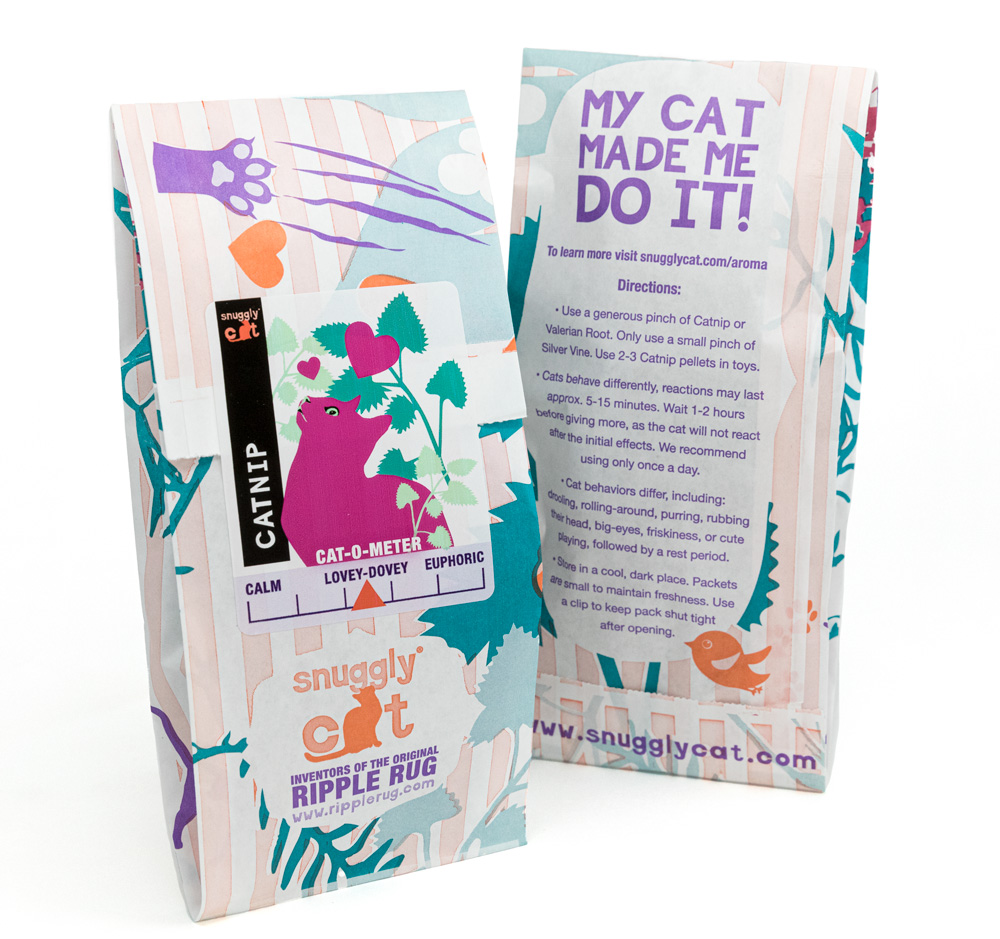
HOW DOES IT HELP?
(Benefits vary with each kitty)
May help reduce levels of anxiety or stress.
Helps enhance your cat’s mood.
Can provide an alternative form of enrichment (olfactory stimulation, olfactory = relates to the sense of smell).
Helps encourage your cat to play more (great for the Garfields slouched on the couch).
May have a sedative effect.
The active ingredient has been proven to repel mosquitoes, ticks and mites, cats may have evolved to naturally protect themselves from insects when they are on the hunt, by rolling in the plants and covering their fur in a natural insect repellent!
Catnip can help in training, using it as a positive reinforcement tool, that can help when administering medicine or trimming your kitty’s nails.
Place in a cat-carrier to help entice cat for transport to vet or new dwelling, may help ease tension.
Can help kitty during stressful situations, such as a new cat in the home.
Catnip be added to a cat bath should that difficult situation arises. Helping calm your kitty = less splashing and scatching of human’s arms and hands!
Make a patty/poultice of catnip for any cat cuts or scratches.
HOW DO KITTIES REACT?
(Responses may be different with each kitty)
Playful
Super-Affectionate
Rubbing their head, chin or cheeks on the plant material
Sniffing the plant material
Licking the plant material
Rolling around in the plant material
Drooling
Bunny-kicking with their back legs
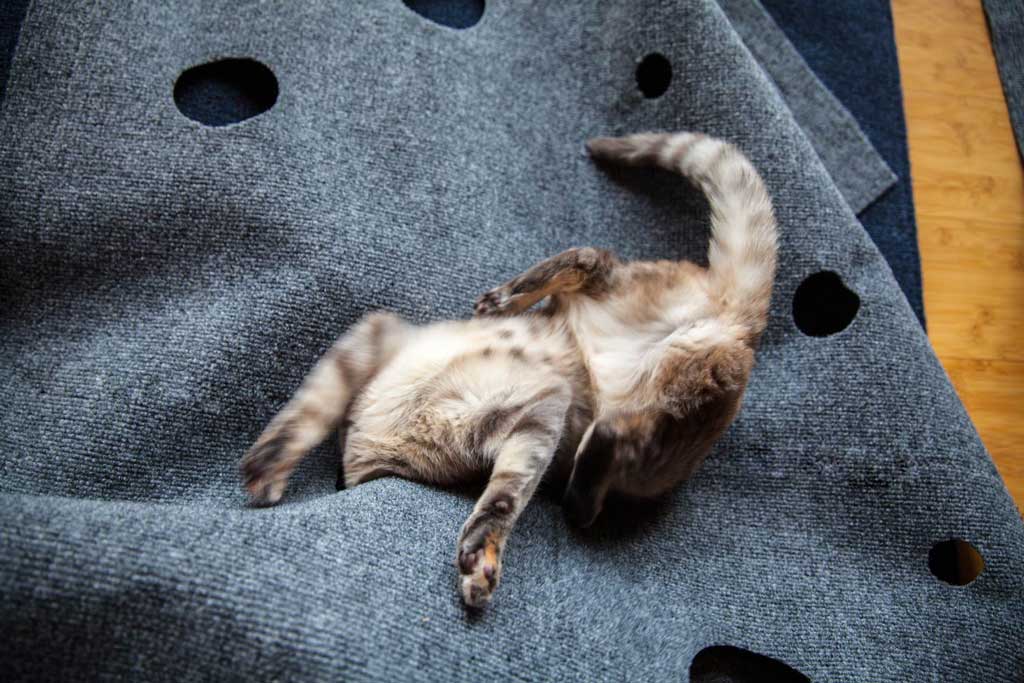
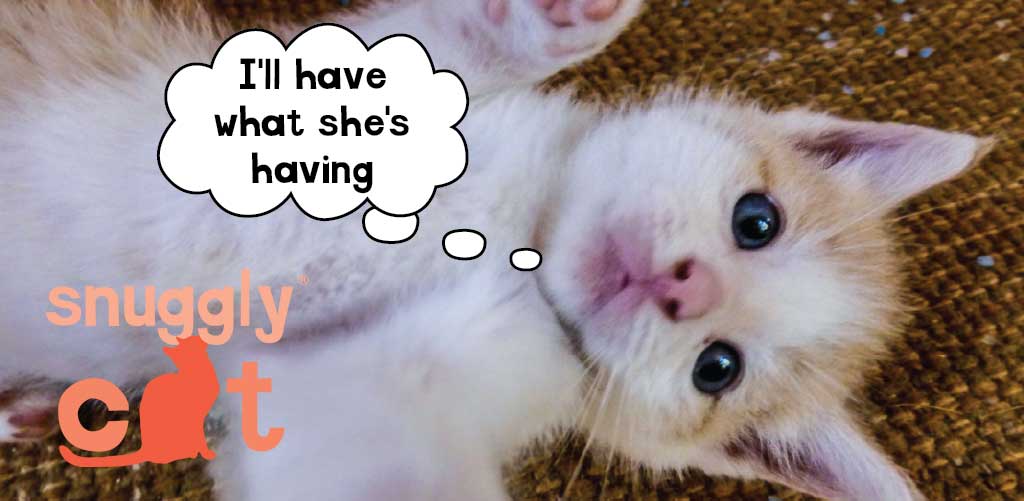
A NATURAL MOSQUITO REPELLENT?
Kitties tend to roll around and rub everything a lot once getting a whiff of Catnip. The reason for our furballs ‘roll-and-rub’, is to transfer the nepetalactol from the leaves onto their fur. Believe or not, the nepetalactol acts as a mosquito repellent. This is beneficial to any kitty sitting and waiting still for long periods of time, when trying to catch their prey in the great outdoors.
The iridoids (the bioactive component in Catnip and Silver vine) tack-on to special receptors in the cats brain. These receptors set-off the production of endorphins. Endorphins are the body’s natural chemical response to help relieve pain or stress. Endorphins produce a euphoric effect, thereby making your kitty very happy! No wonder your kitty enjoys the experience.
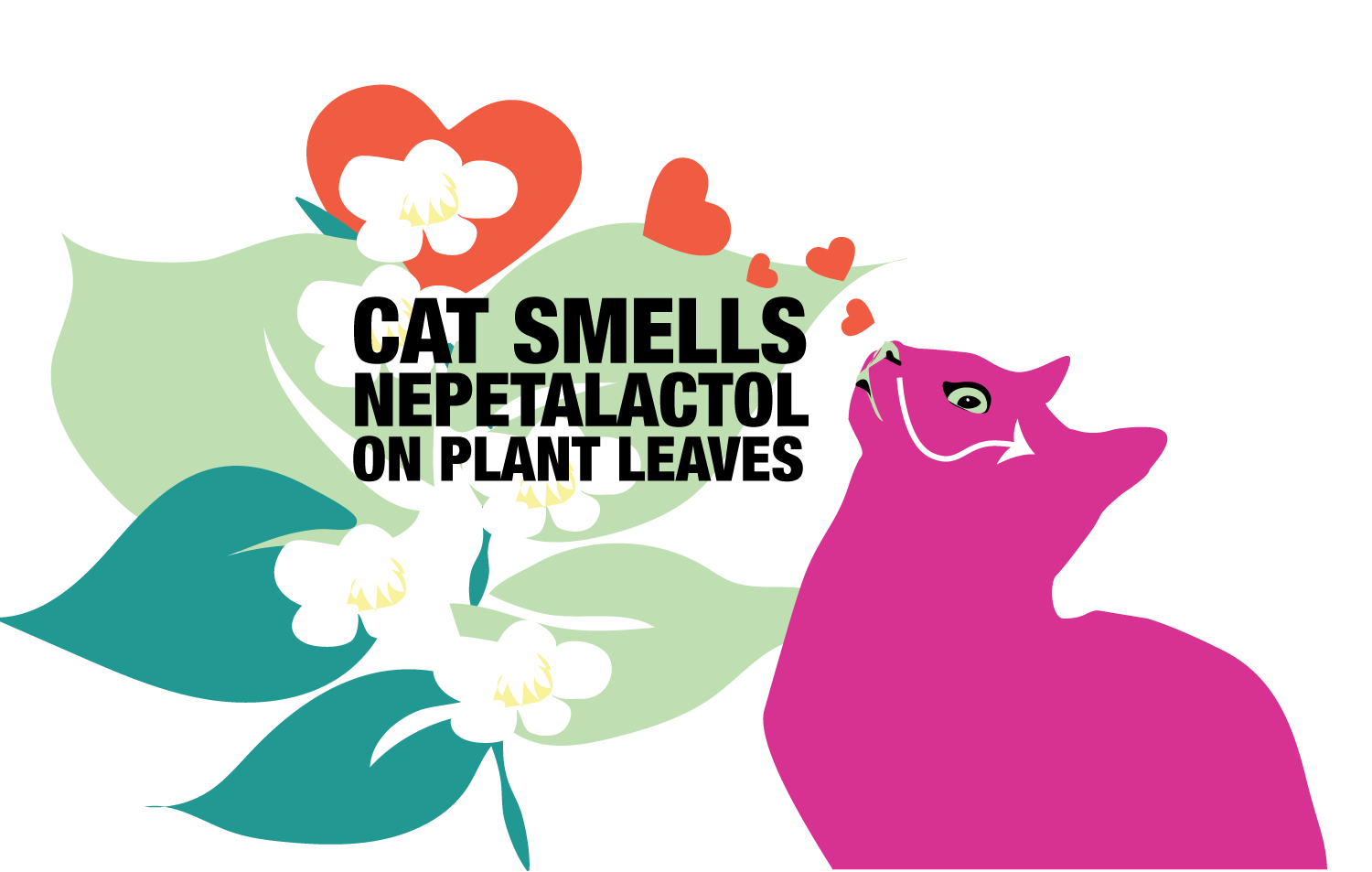
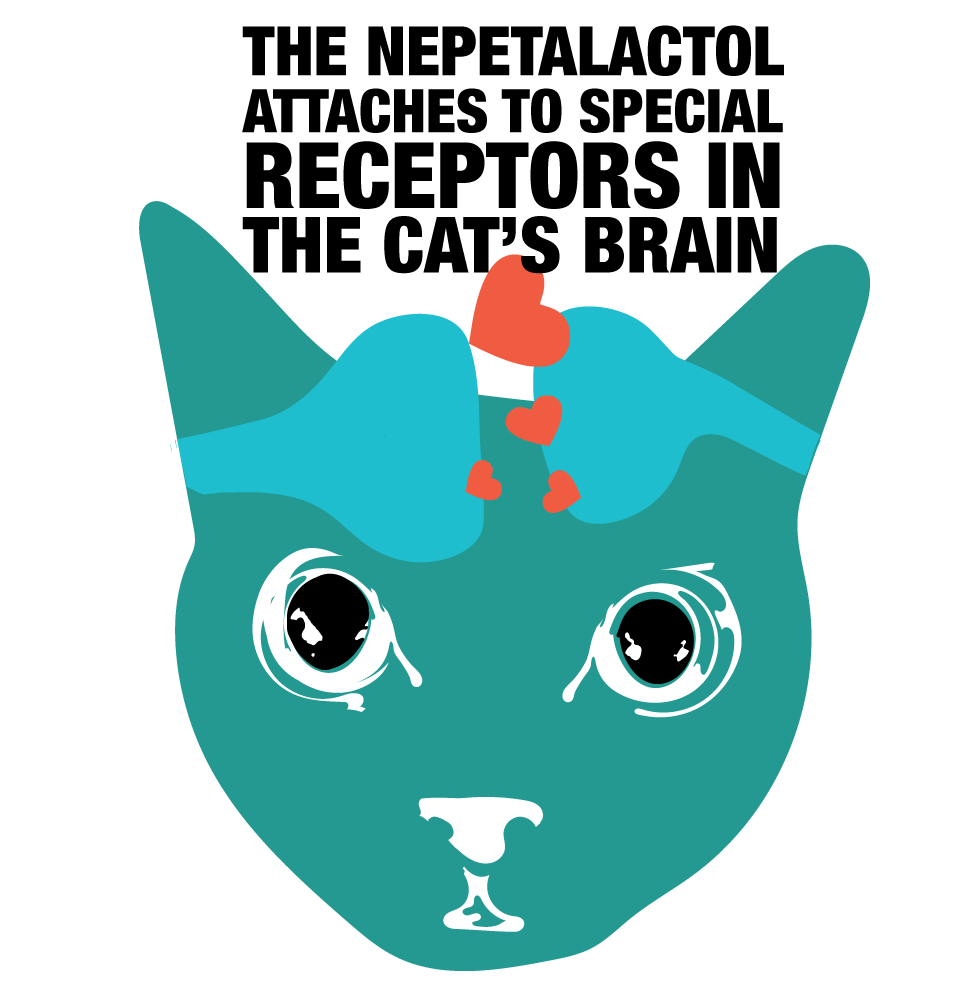
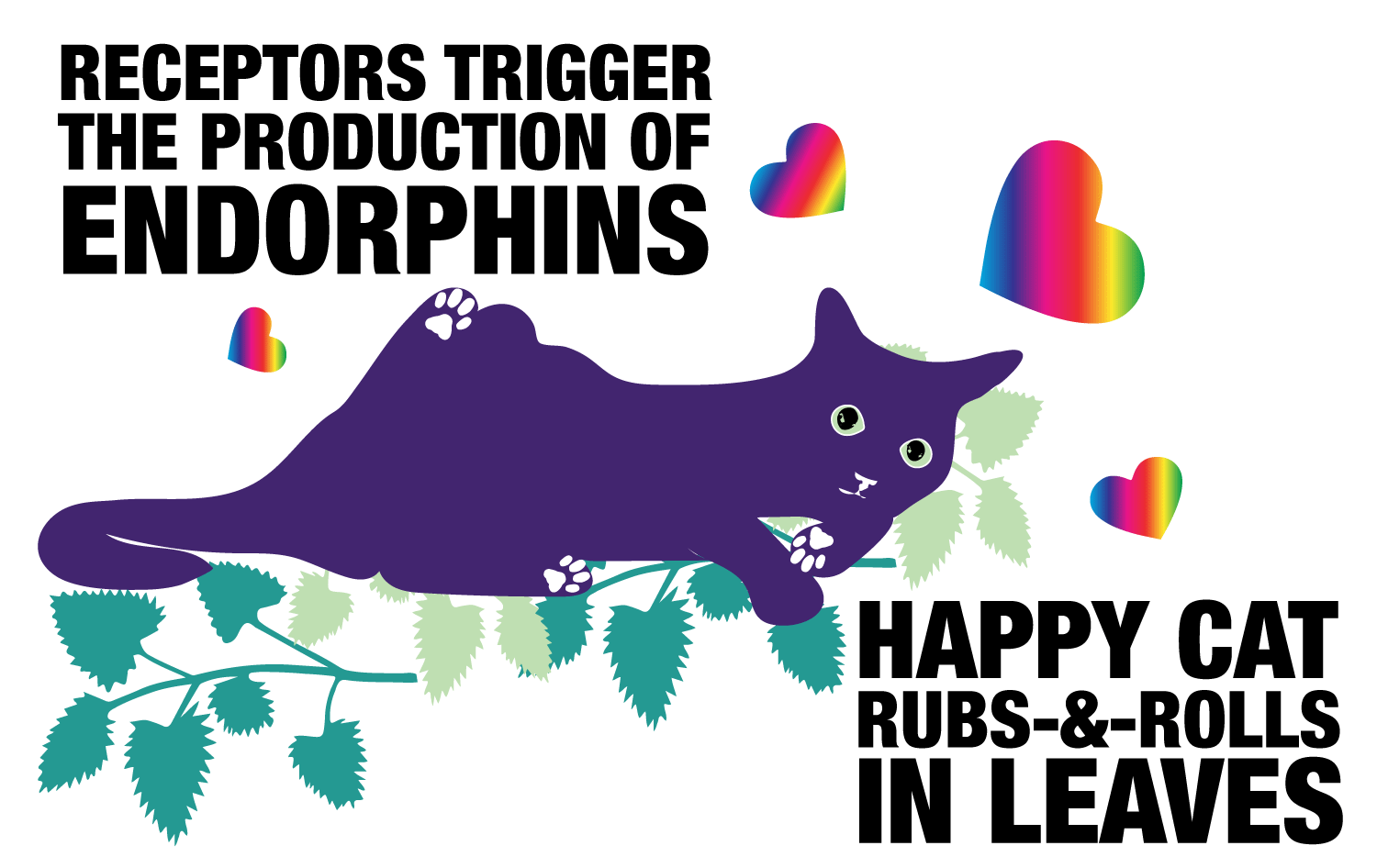
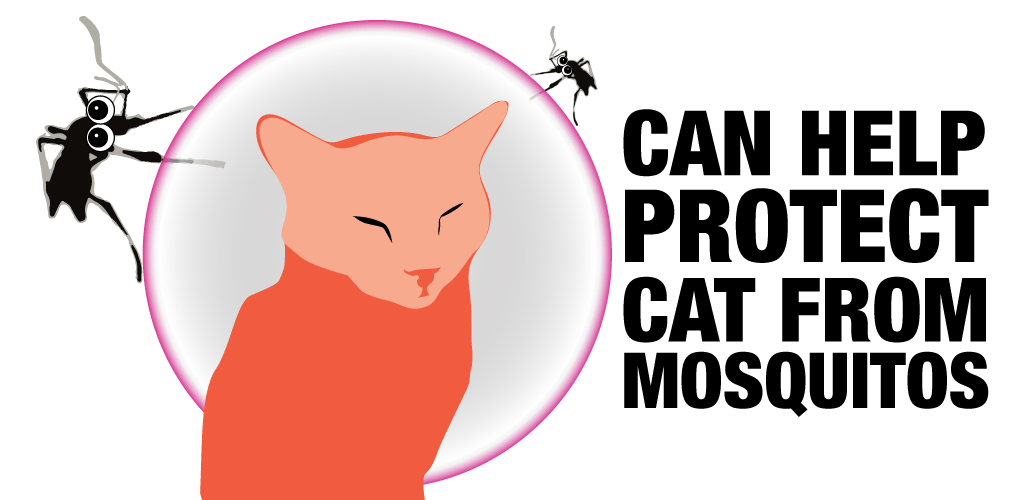
FAQS
Whether or not your cat reacts to Catnip/Silver vine/Valerian Root or is determined by its genetics, the ability to detect certain pheromones is an inherited trait. About 65% of cats react to catnip, which means that a third of cats won’t exhibit those adorable catnip-behaviors, such as drooling, rolling around and rubbing their heads in it. Kittens, six months and younger, often don’t react to catnip either. When our cat Yoda was young, she didn’t react to Catnip at all. That’s a different story these days, when we give her a little pinch, she becomes all lovey-dovey! Of the few cats that don’t react to catnip, many react to Silver vine or Valerian Root instead.
No. These plants aren’t addictive, in-fact, many of the responses from your kitty to any of the plant packs we offer, may only last around 5-15 minutes. It may be less or more depending on the kitty. You may also notice that after the initial 10 minutes of reactions, your kitty will be immune to the plant’s effects for around 1-2 hours.
The active ingredients in catnip is known as an iridoid, namely nepetalactone. Silver vine fruit gall active ingredients have been identified as Actinidine, Iridomyrmecin and Dihydronepetalactone compounds. Yup that’s quite a mouthful, no cat will ever need to recite nor remember these scientific names to benefit from their wonderous effects. Silver vine actually contains six different compounds that are similar to catnip, one of these is also found in Valerian Root (Actinidine). Which is also a cat attract pheromone.
Yes, we only use food-grade plastic to package the dried-plants. The bags also have a great crinkly-sound which cats seems to love!
While different cats exhibit a range of various behaviors, Valerian Root helps alleviate anxiety and signs of stress. It’s not to say that your cat may still roll around, be very playful, or act in a similar fashion to that displayed with Catnip or Silver vine.
Some cats react more to Valerian Root or Silver vine than Catnip. It depends on the cat. Again, genetics determine whether or not your kitty will react.
Cats react in different ways. Some of the effects include drooling, rolling-around, playing or acting super-protective. You need to observe your cat and see what happens. We try not to go near our cat Spock after sprinkling the Silver vine, he gets super excited and forgets that humans-hands are not chew-toys.
A small sprinkling of Catnip or Valerian Root should do the trick. Silver vine only requires a small pinch. Cats are quite sensitive, so contrary to popular belief, more isn’t necessarily better!
Once opened, the pack can be rolled-up at the end, we use a paper clip to keep the pack closed. Our packs are small servings, this helps maintain the freshness and potency of the plant. Also, we recommend that you keep it in a dry, cool, dark environment, such as a cupboard.
Absolutely, you can mix together all plant varieties, again the response will depend on your cat. Just remember, that you don’t need a lot to elicit a reaction.
Our plants are sourced and tested to ensure that they work as desired and are safe for our kitties. Yoda, Spock and Jin-G are our fur-babies, as such we wouldn’t give them anything that wasn’t natural or that had nasty chemicals in them. Secondly we don’t use gimmicks, we try to educate pet-parents about why plants like Catnip/Silver vine/Valerian Root cause cats to behave in a certain way and how they can be used to benefit your cat, when used in training or just for fun! We use the science to explain the benefits and the reactions.
Cats love variety, giving them a choice of alternatives adds more stimulation to their lives (especially if they live indoors). Plus, there are no side effects, so let your kitty enjoy the sensations offered by these plants. Remember, as humans, we too love variety, e.g. we may love cookies as treats, but we may also love our cake and eating it too, it is the same deal with our fur-balls!
YES, they are safe and non-toxic. None of the plants we offer (Catnip/Silver vine/Valerian Root) are listed as poisonous or toxic by the Animal Poison Control Center (SafetyCall International, Bloomington, MN, USA) or the American Society for the Prevention of Cruelty to Animals (New York, NY, USA).
BEWARE:
Not all Catnip, Silver vine or Valerian Root is of the same quality. Pay attention to what you buy. Many products are not fresh and as a result may not be very effective as delivering a response from your kitty.
We’ve also discovered the Silver vine comes in many forms, some more potent than others. Several studies have indicated that the most effective forms of Silver vine are sourced from roughly crushed Silver vine dried fruit galls. (That’s what we recommend buying).
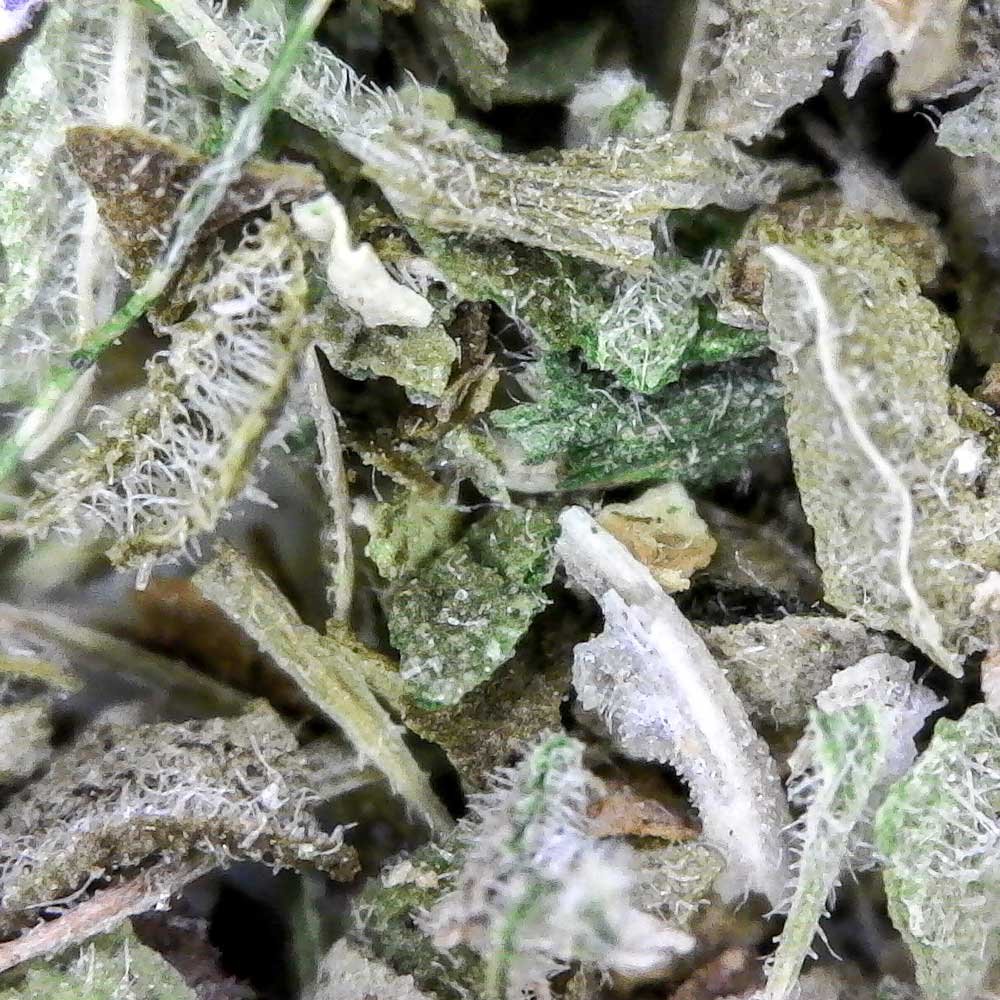
Catnip Magnified x300
CATNIP
Most people know about Catnip. Also known as Cat Mint and Catwort. Catnip is a native plant in southern and eastern Europe, the Middle East, Central Asia, and parts of China. It is easy to grow. It is a herbaceous plant, that blooms from spring to fall. It produces very small fragrant flowers. Good news, it is also deer resistant.
Only about two-thirds of cats are drawn to Catnip. Attraction to Catnip is an inherited trait, although kittens 6-months and younger, may not react to Catnip. Cats are attracted by the iridoid called nepetalactone, which also is a mosquito repellent.
NEVER HEARD OF SILVER VINE?
More about the Silver vine plant.
Did you know? Silver vine is a species of kiwifruit. It generally grows in the mountainous regions of Japan and China at an elevations of 1,600 and 6,200 ft. In order for the Silver vine to produce fruit galls it must be located in a region that supports the natural habitat of Pseudasphondylia matatabi AKA the Matatabi fruit gall midge.
What is a fruit gall? It looks like a weirdly shaped fruit that has been attacked by insects, generally the Matatabi fruit gall midge. When fruit are invaded by these insect larvae, Silver vine produces natural compounds that help repel the gall midges. Some studies have shown that nepetalactone (a form of which is found in Silver vine galls), has insect repellant qualities. It is interesting that cats are more attracted to the fruit galls than the actual normal fruit itself.
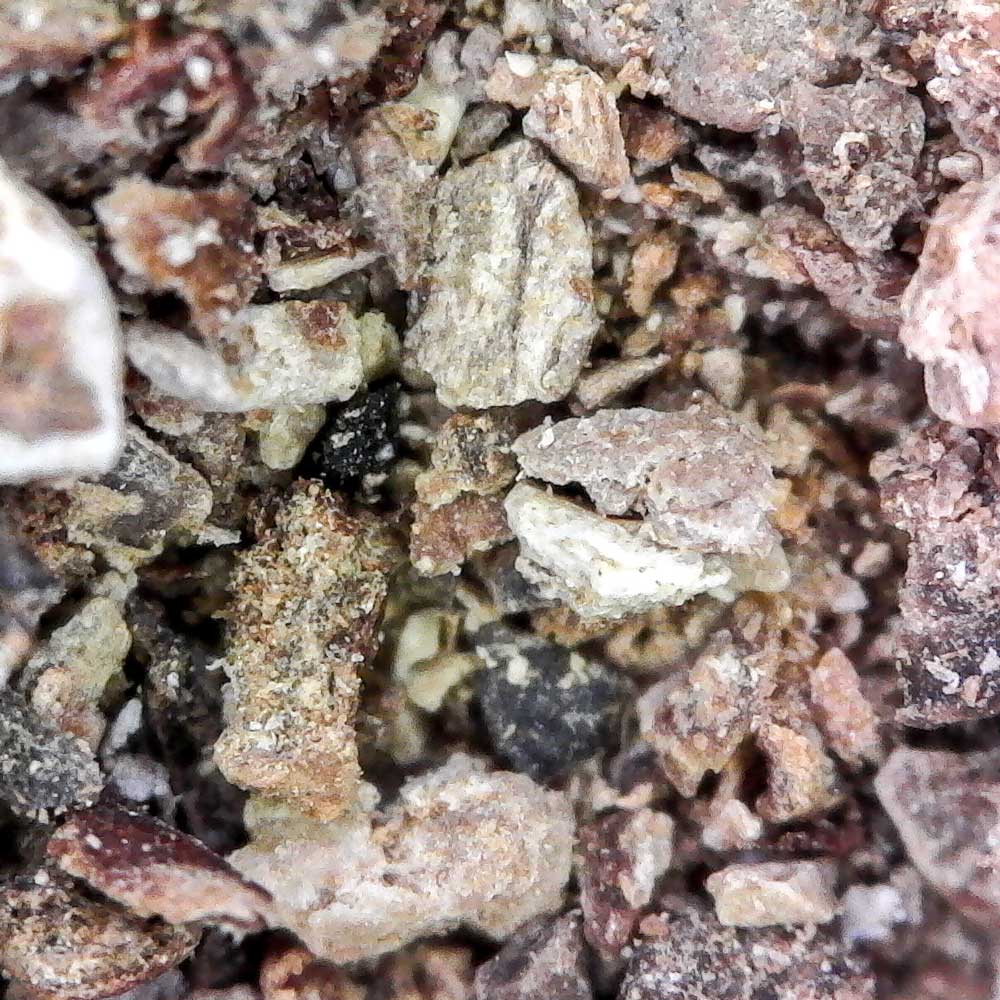
Silver Vine Crushed Fruit Gall Magnified x300
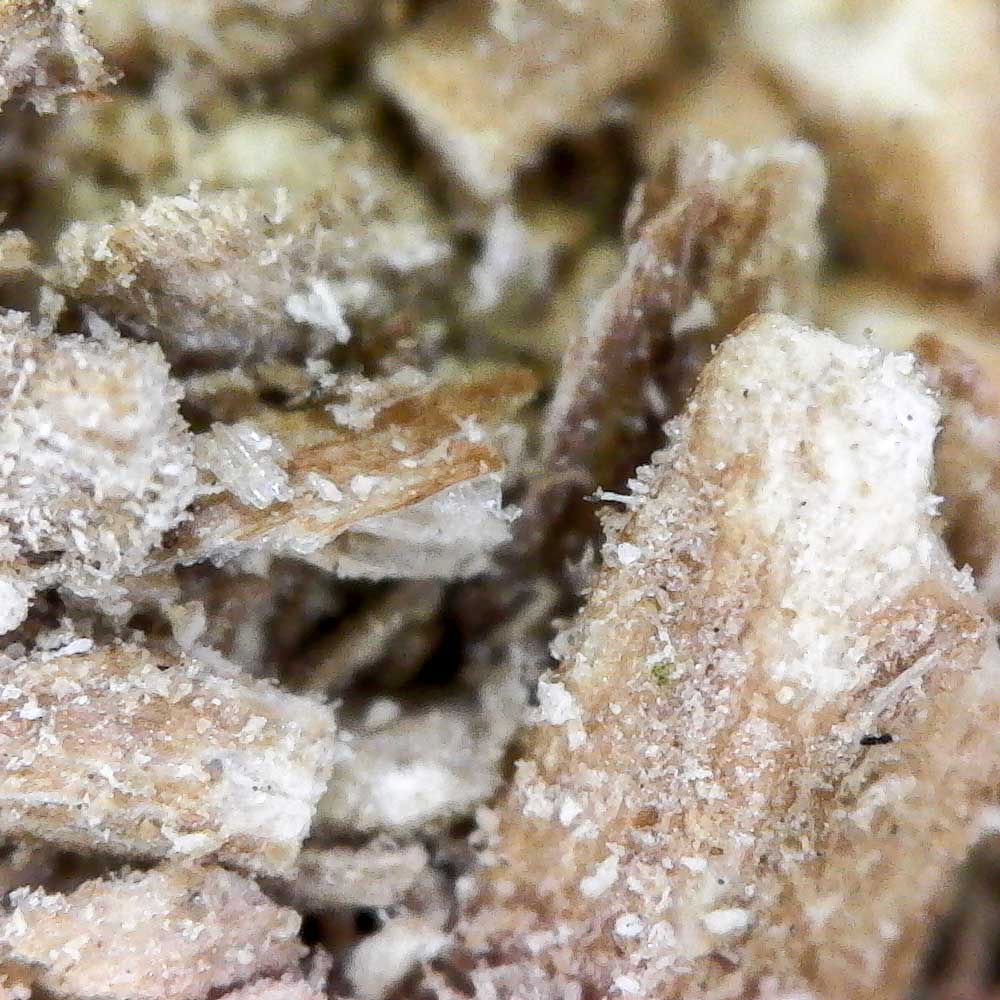
Valerian Root Magnified x300
WHAT IS VALERIAN ROOT?
Valerian Root is the dried root of the Valerian plant. Valerian is native to Asia and Europe. The mature plant can grow up to 5ft in height. The flowers are a sweetly scented pink or white color, these tend to attract many different species of fly. It has a pungent smell, however, it has shown to have an attraction with kitties. The main active component is called Actinidine. Actinidine causes adorable behaviors in kitties.
We’ve marked Valerian Root as being ‘calm’, as it helps reduce anxiety and stress. Your kitty may still roll-n-rub as with Catnip, however, generally after any play, kitty will most probably want to rest.
DIRECTIONS
Use a generous pinch of Catnip or Valerian Root. Only use a small pinch of Silver Vine. Use 1-2 pellets in toys.
Cats behave differently, reactions may last around 5-15 minutes. Wait 1-2 hours before giving more, as the cat will not react after the initial effects. We recommend using only once a day.
Cats react differently, behaviors include: drooling, rolling-around, purring, rubbing their head, big-eyes, friskiness, cute playing followed by a rest period.
Store in cool, dark container. Packets are small to maintain freshness. Use a clip to keep pack shut tight after opening.
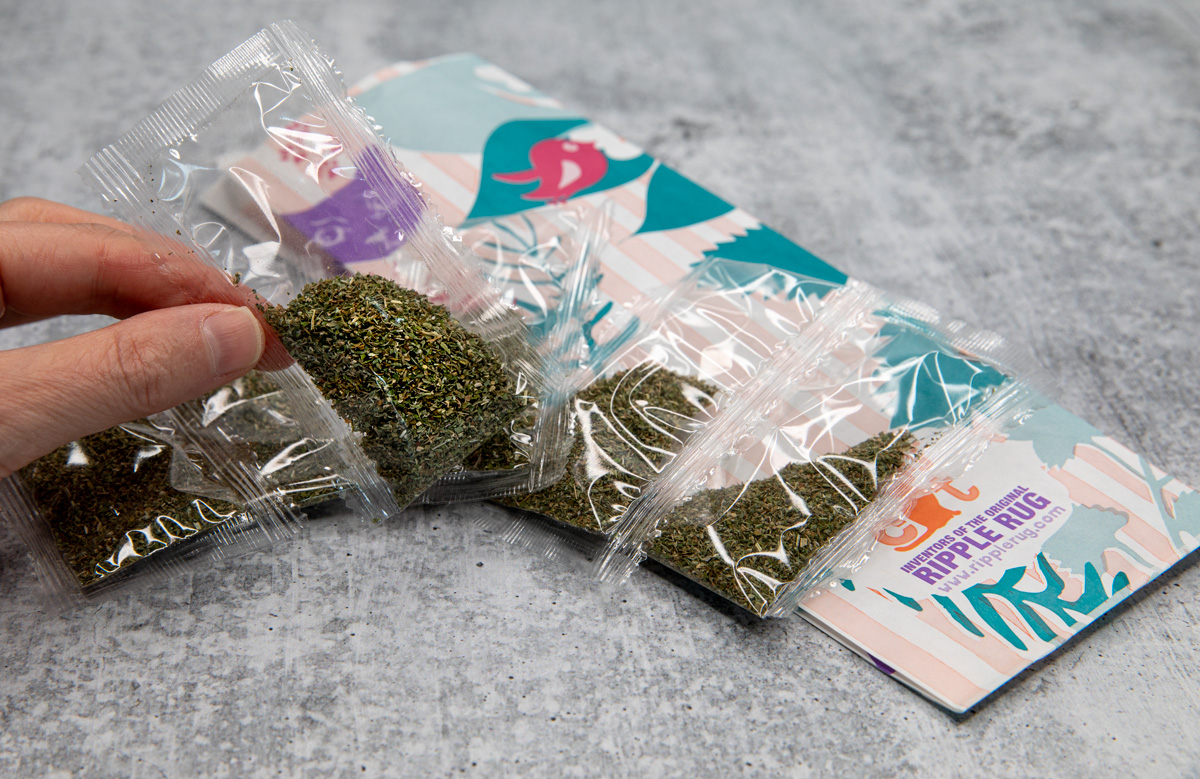
TIPS
Catnip Cat Bath
- Directions: add a teaspoon of fresh catnip to a cup of boiling water, let steep for several minutes and then add to your cat’s bathwater. Ensure that you check the general temperature of the bathwater, as kitties are very sensitive to extreme temperatures.
Catnip Poultice
- Place dried herb into a cotton-sock or wrap in muslin-material and tie-up. Sock in a bowl of hot water and squeeze herbs a little to soften into ‘paste pattie’. Then place the warm sock/wrap on kitty, when used warm it may help increase circulation. If used when cold, it may sooth inflammation.
Cat Behavioral Training e.g. administering medicine, traveling, or cutting nails
- We recommend using a Ripple Rug baby-base (as this can fit into pet carrier easily), but you could use e.g. a towel etc. Place the baby-base in a location that your kitty feels safe or happy, then sprinkle a pinch of Silver vine (or catnip/Valerian Root, depending on how your cat reacts). Do this step regularly, (only once a day), this will help create an enriched positive behavior with your furry pal. Make sure to only use the plants e.g. Silver vine on your baby-base, don’t sprinkle it anywhere else. This helps associate the baby-base with happy experiences. This will make your kitty relate this to a safe environment for all of those tricky activities, e.g. administering medicine
DID YOU KNOW?
Cats have a scent organ located in the roof of their mouth. You may often see your kitty holding their mouth partially open, grimacing, as though they’ve smelled something putrid – this is called gaping. During ‘gaping’, your kitty is letting scent pass over their scent organ, (the vomeronasal organ), enabling them to detect certain smells as well as tasting them too! You may have heard of this being referred to as the Flehmen Response.
PURRFECT MEWS
Conservationists in Scotland, studying the Scottish Wildcat used Valerian Root as a way of attracting the Wildcats and observing them. So cute – we love this!
SMELLS CATS HATE
Yes it’s true, in general kitties dislike the smell of citrus, lavender, banana, eucalyptus, pepper and yes…dirty litter boxes. Cat’s sense of smell is very sensitive and easily offended!
FUN FACT:
The main naturally occurring component in Silver vine leaves that makes kitties roll-and-rub, has the same reaction in the Amur leopard, jaguar, and Eurasian lynx, when presented with a sample of Silver vine!
Zoo Keepers at Banham Zoo, in the UK are requesting donations of old perfume. Why? Well apparently they play an important part of the Tiger’s enrichment program. Don’t go trying this with kitties at home, chances are they won’t be very happy. Your purr-ball will prefer a little Catnip instead!
SCIENTIFIC RESEARCH ARTICLE REFERENCES:
Bol, S., Caspers, J., Buckingham, L. et al. Responsiveness of cats (Felidae) to silver vine (Actinidia polygama), Tatarian honeysuckle (Lonicera tatarica), valerian (Valeriana officinalis) and catnip (Nepeta cataria). BMC Vet Res 13, 70 (2017). https://doi.org/10.1186/s12917-017-0987-6
By Reiko Uenoyama, Tamako Miyazaki, Jane L. Hurst, Robert J. Beynon, Masaatsu Adachi, Takanobu Murooka, Ibuki Onoda, Yu Miyazawa, Rieko Katayama, Tetsuro Yamashita, Shuji Kaneko, Toshio Nishikawa, Masao Miyazaki
Science Advances20 Jan 2021 : eabd9135
Cats anoint themselves with plant metabolites that confer mosquito repellence.
Abramson, C. I., Lay, A., Bowser, T. J. & Varnon, C. A. (2012). The Use of Silver Vine (Actinidia Polygama Maxim, Family Actinidiaceae) as an Enrichment Aid for Felines: Issues and Prospects. American Journal of Animal and Veterinary Sciences, 7(1), 21-27. https://doi.org/10.3844/ajavsp.2012.21.27
The evolutionary origins of the cat attractant nepetalactone in catnip
By Benjamin R. Lichman, Grant T. Godden, John P. Hamilton, Lira Palmer, Mohamed O. Kamileen, Dongyan Zhao, Brieanne Vaillancourt, Joshua C. Wood, Miao Sun, Taliesin J. Kinser, Laura K. Henry, Carlos Rodriguez-Lopez, Natalia Dudareva, Douglas E. Soltis, Pamela S. Soltis, C. Robin Buell, Sarah E. O’Connor
Science Advances13 May 2020 : eaba0721
Complementary clues from enzyme and genome evolution reveal how a mint turned into catmint.
